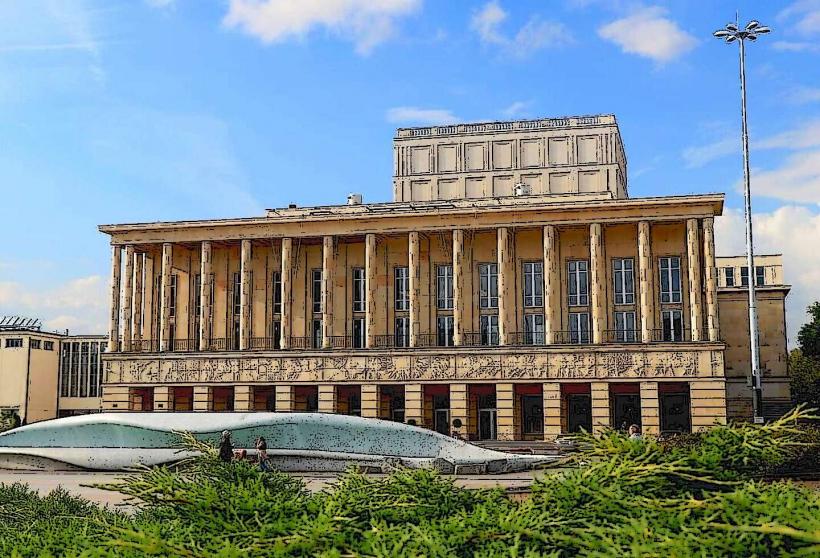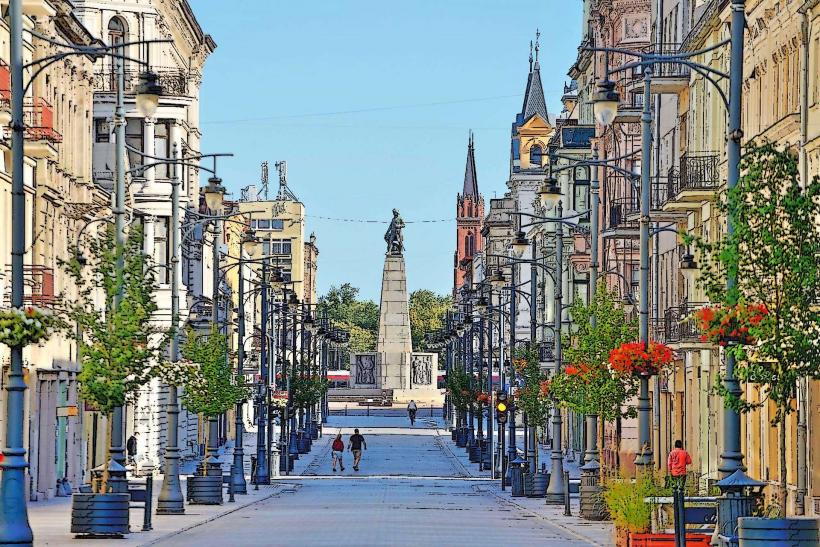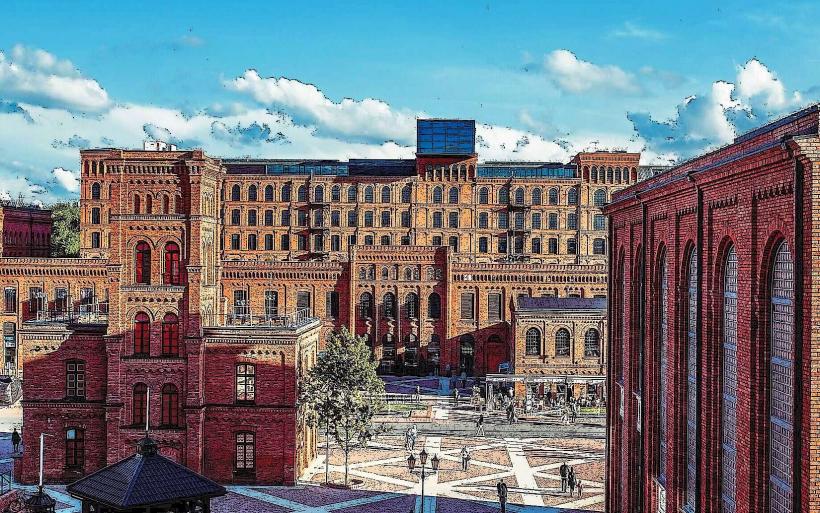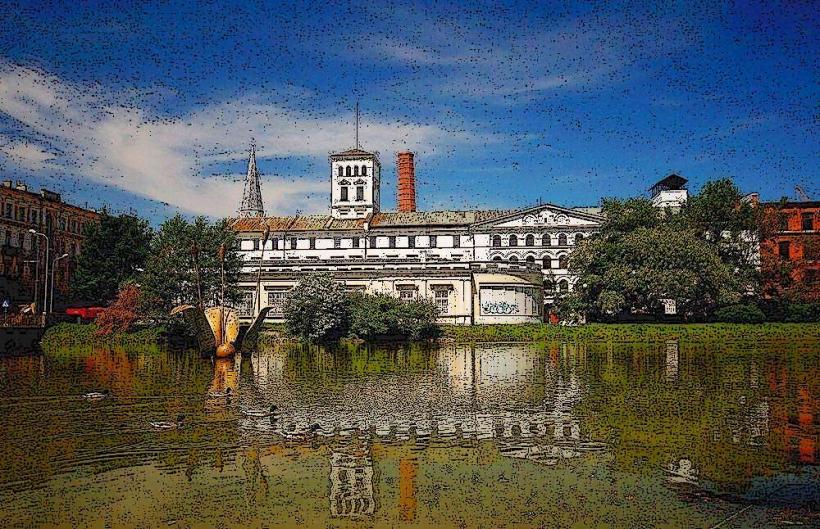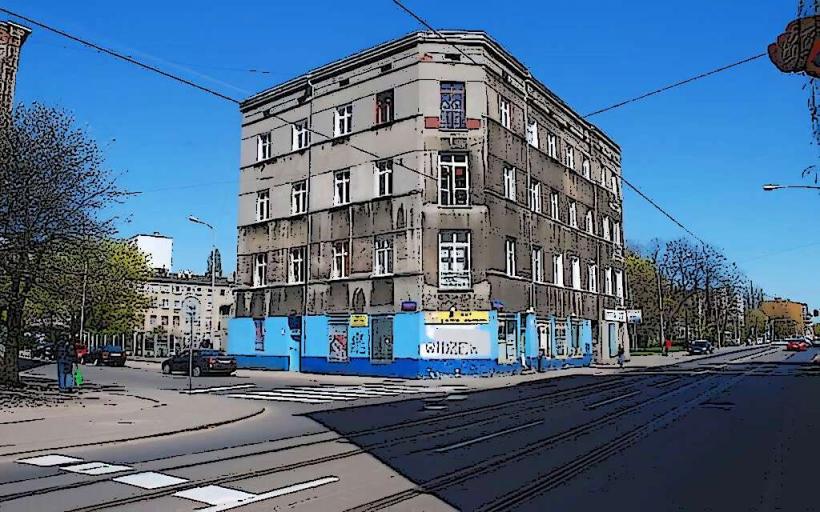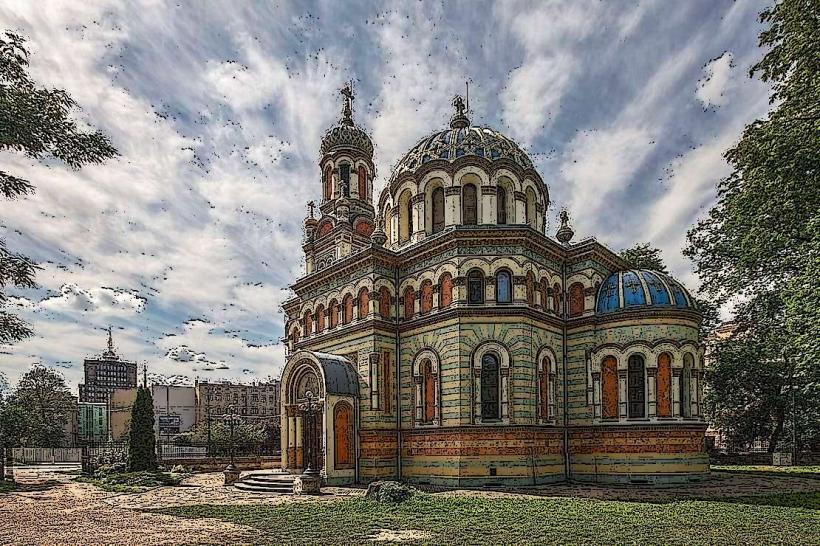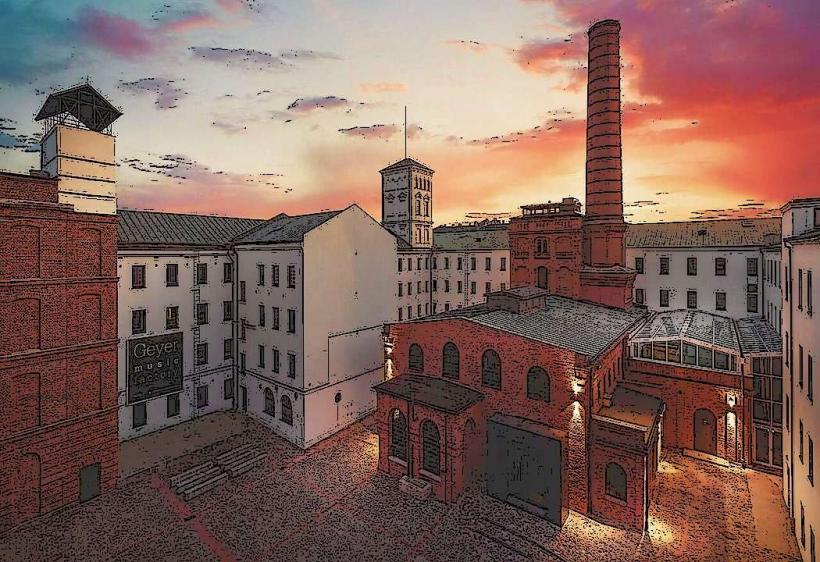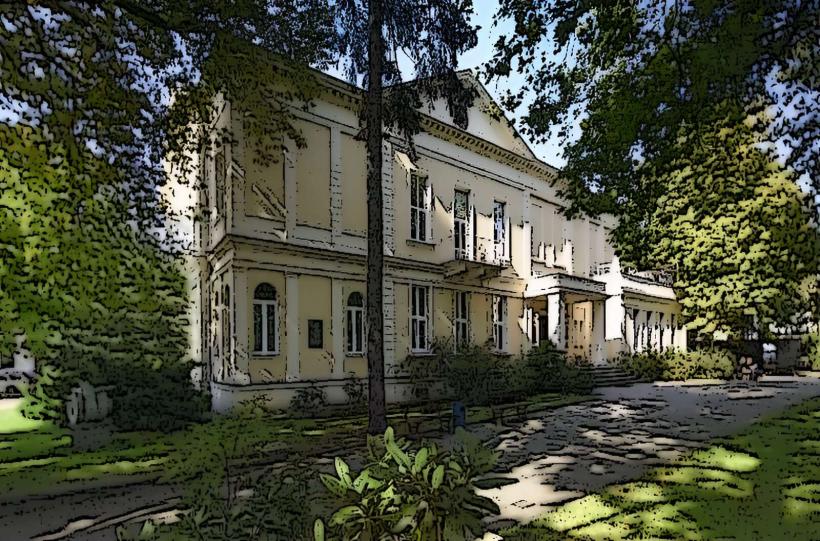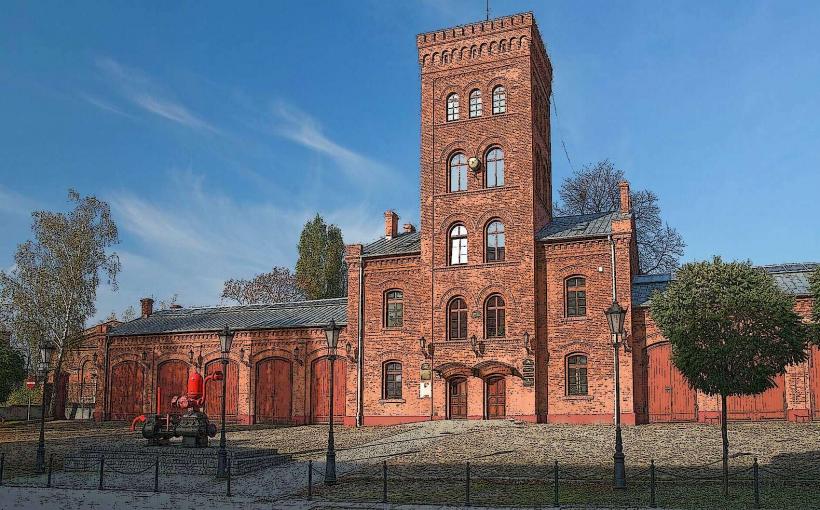Information
Landmark: Museum of History of City of ŁódźCity: Lodz
Country: Poland
Continent: Europe
The Museum of the History of the City of Łódź (Muzeum Historii Miasta Łodzi) is one of the key cultural institutions in Łódź, Poland, dedicated to showcasing the city’s rich and diverse history. It offers visitors a chance to explore the evolution of Łódź, from its origins as a small settlement to its rise as a major industrial center in the 19th and early 20th centuries, as well as its cultural and social development over the years.
Location and Building
The Museum is housed in a historic 19th-century building known as the Poznański Palace (Pałac Poznańskiego), which was the former residence of Izrael Poznański, one of the wealthiest and most influential textile industrialists in the city during the industrial revolution. The palace is an excellent example of neo-Renaissance architecture, with its ornate facades, rich interior, and large, landscaped gardens.
The building itself is a remarkable testament to the city’s industrial past, and its transformation into a museum reflects the ongoing preservation and adaptation of Łódź’s historical landmarks for modern cultural use.
History and Exhibits
The Museum of the History of the City of Łódź is dedicated to preserving and sharing the history, culture, and development of Łódź. It focuses on key aspects of the city’s identity, including its industrialization, the impact of its diverse communities, and its cultural and architectural evolution.
Key Themes and Exhibits:
Industrial Heritage: The museum highlights the industrial revolution that transformed Łódź into one of the most important industrial cities in Europe in the 19th century. Exhibits explore the development of the textile industry, the role of factory owners like Izrael Poznański, and the working-class communities that emerged around the factories. The city’s rapid industrialization in the 19th century is a central theme of the museum, showcasing the socioeconomic changes that took place during this time.
The Jewish Community: Łódź has a rich Jewish heritage, and the museum explores the role of Jewish immigrants who helped shape the city’s cultural and economic landscape. It features exhibits on Jewish craftsmanship, business, and daily life in the city, as well as the tragic impact of World War II and the Holocaust on the Jewish population of Łódź. The museum provides insight into the cultural diversity that defined the city’s character.
Social and Cultural Evolution: The museum also covers the social and cultural development of Łódź, from its beginnings as a small settlement to its growth as a vibrant cultural hub. Exhibits cover art, literature, music, and theater, and the role of the city’s prominent figures in shaping these fields. Additionally, the museum provides insight into the everyday lives of the city’s inhabitants through historical photographs, artifacts, and personal stories.
Architecture and Urban Planning: One of the museum’s focuses is the urban development of Łódź. The city was known for its innovative architectural styles, especially during the industrial era, when many grand manor houses, factories, and commercial buildings were constructed. The museum explores how the city evolved from a small village to a bustling industrial city, with a specific emphasis on the evolution of its architectural landscape and its role in shaping the identity of Łódź.
The City’s Transformation in the 20th Century: Exhibits also explore the 20th century, focusing on the major events that shaped Łódź during periods of political change, including the impacts of World War I, World War II, and the Communist era. The museum offers a glimpse into how the city has transformed after the fall of Communism, including its economic recovery, urban renewal, and growing role as a cultural center in Poland.
Temporary Exhibitions: The museum frequently hosts temporary exhibitions that focus on different aspects of Łódź’s history, art, and culture. These exhibitions often showcase photography, art, and special projects dedicated to particular themes or periods in the city’s development.
The Poznański Palace (Museum Building)
The Poznański Palace, where the Museum is located, is a grand example of 19th-century industrialist architecture. The palace was designed by architect Hilary Majewski and was built between 1904 and 1906 for Izrael Poznański, a Jewish entrepreneur who became one of the wealthiest factory owners in Łódź. The palace’s luxurious rooms, ornate interiors, and beautiful gardens reflect Poznański’s wealth and the city’s industrial boom.
The palace was once the residence of the Poznański family and was later used for various administrative purposes before being converted into a museum. It is a stunning example of neo-Renaissance style, featuring lavish rooms, intricate stucco work, and beautiful furniture, as well as a magnificent staircase leading to the grand hall. Many of the rooms are open to visitors, allowing them to experience the opulence of the factory-owning class of the time.
Educational Programs and Cultural Events
The Museum of the History of the City of Łódź is not just a place to learn about the past but also an active cultural institution that organizes a variety of educational programs and cultural events throughout the year. These may include:
- Workshops and lectures related to Łódź’s history, art, and culture.
- Guided tours of the museum and surrounding areas, offering insights into the history and architecture of the city.
- Temporary exhibitions focused on specific aspects of Łódź’s heritage.
- Public events, such as concerts, film screenings, and theatrical performances that celebrate the city’s cultural vibrancy.
Visitor Experience
Opening Hours: The museum is generally open every day of the week, except for Mondays, and offers various entry fees depending on the visitor’s age or whether they are students or seniors. It's always a good idea to check the official website for updated opening hours and any special events.
Location: The museum is located in the heart of Łódź, easily accessible by public transportation and within walking distance of several other important cultural and historical landmarks in the city, including Piotrkowska Street and Manufaktura.
Accessibility: The museum is accessible to people with disabilities, and there are interactive displays and educational materials available in different languages to cater to international visitors.
Conclusion
The Museum of the History of the City of Łódź is an essential stop for anyone interested in understanding the rich cultural, industrial, and social history of this fascinating Polish city. Housed in the Poznański Palace, it offers visitors a glimpse into the past through its exhibits on industrialization, urbanization, and the diverse communities that have shaped the city. Whether you're interested in architecture, industrial heritage, or cultural history, the museum provides a comprehensive and engaging experience that highlights the importance of Łódź in Poland's national history.

